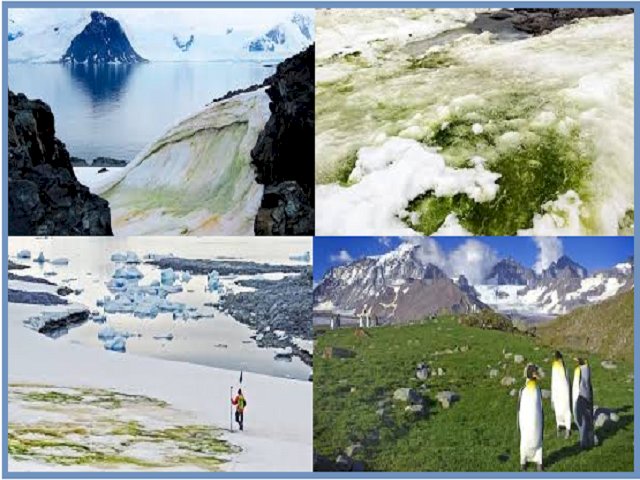Antarctica, the world's coldest green region, is greener than space
Climate change is having a very serious impact on Antarctica. Between 1992 and 2017, three trillion tons of Antarctica Ice have died out of Antarctica so far. This is increasing the sea level. If the situation remains the same then a crisis of existence may arise for countries like Maldives.
Antarctica, the coldest place in the world, can be lush green. Indeed, the infinite ice that has spread over the surface of Antarctica has become a 'home' for an algae and is spreading its wings very rapidly. The penguins found there are also partially blamed for this amazing change taking place on the surface of Antarctica. Let us know what is the whole matter…
Algae spreading in coastal areas
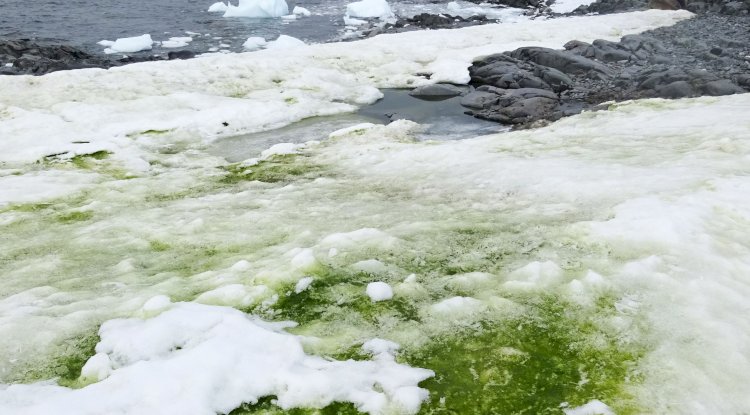
Cambridge University botanists have for the first time prepared a map of the dormant algae, which shows that the algae is flourishing on the coast of Antarctica. The researchers examined the data from the satellite and the algae at the South Pole twice during the summer and prepared a map for its spread.
Greenery is also seen from space
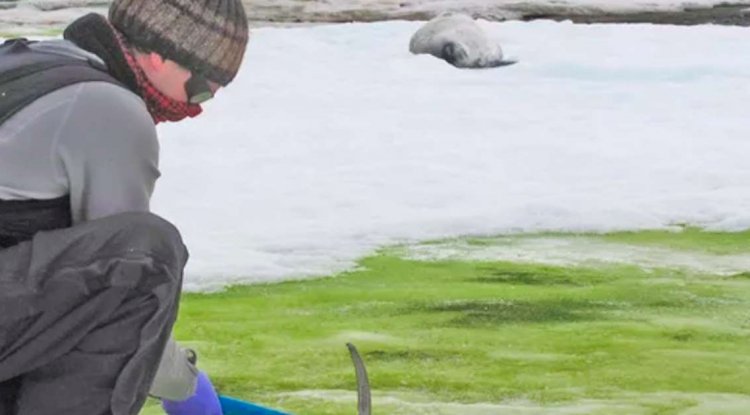
Researchers have found that an algae is very small in size but collectively it is making the South Pole green. Not only this, the greenery of this algae can also be seen from space. This algae is spreading rapidly in the melting ice region of Antarctica. This algae is believed to be a source of nutrition for other species.
Algae gets energy from climate change
The British team leading this research believes that this greenery will increase further as global temperatures are rising and this will further increase the amount of sludge in Antarctica. This will give algae a chance to flourish further. This map of Antarctica will be used to find out how fast Antarctica is becoming green covered with ice sheets.
Penguin is also responsible for greenery
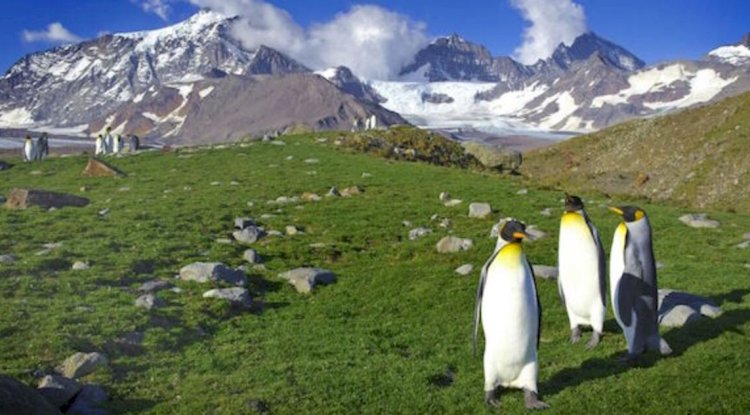
Penguins are also believed to be responsible for the spreading of algae at the South Pole. Actually, the growth of algae is spreading from feces of birds and animals. About 60 percent of these algae have been found in the 5-km radius where the pegwins live. Researchers report that 1679 different algae fields are under development. It is an area of about 1.9 km.
Antarctica is rapidly melting snow
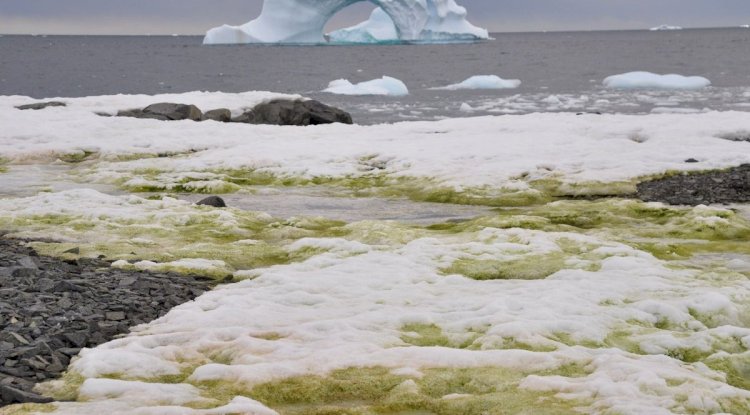
The amount of snow that has melted in Antarctica so far can increase the sea level by 6 millimeters or one-quarter inch. Snow has decreased in West Antarctica and Antarctic Peninsula, with layers thickening in the east. Climate change is not currently being linked to these changes, but according to experts, similar changes will be seen when the temperature rises.
What's Your Reaction?







